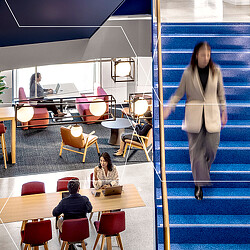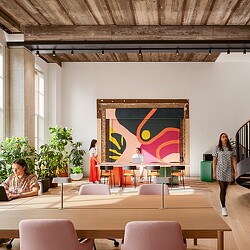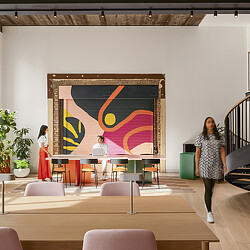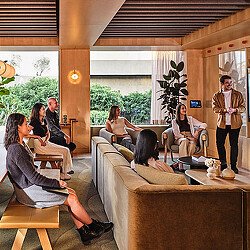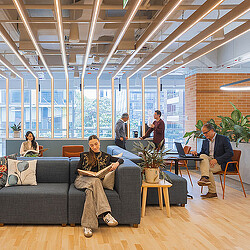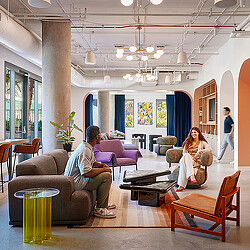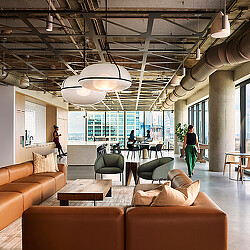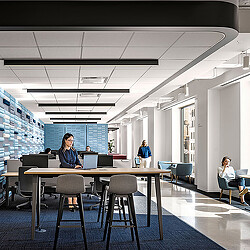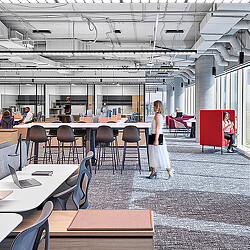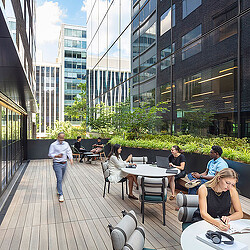It’s Time for the Traditional Conference Room to Make Way for New Spaces
It’s time to forgo the traditional conference room and make space for more intentional, adaptable environments that are aligned with how people connect today.
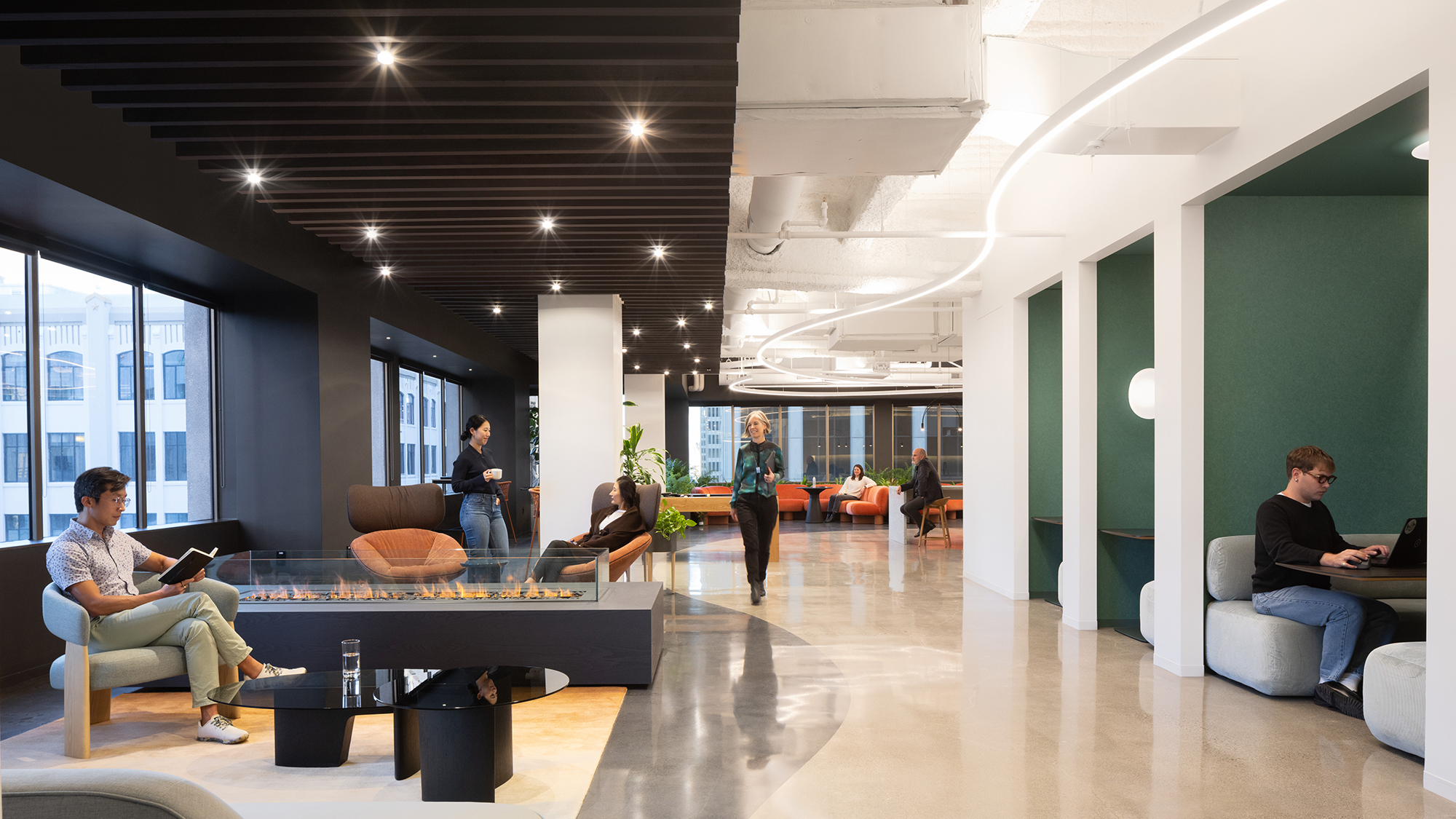
Note: This is the third blog of a series unpacking the detailed findings of Gensler’s Global Workplace Survey 2025. Read part one here and part two here.
In the heyday of the modern office, there was typically just one type of space to huddle with a colleague, host a workshop, or convene a group meeting: the conference room. Today, the traditional conference room, once a default setting for all types of in-person work, is no longer seen as the go-to space. Instead, our data reveals that different types of in-person work call for different types of spaces — and the workplace must evolve to reflect that.
Seven Types of In-Person Work
In Gensler’s Global Workplace Survey 2025, we asked nearly 17,000 office workers across 15 countries to identify the most important ways they work with others in the office — and the types of spaces they believe are best to support those interactions.
To better understand how employees work together in the office environment, we identified seven key types of in-person interactions, ranging in size and formality: informal formal one-on-one conversations, scheduled conversations with two to three people, confidential conversations, quick impromptu group meetings, scheduled team meetings, scheduled team work sessions, and co-creation workshops. These seven modes of in-person work can be categorized by group size and level of formality, ranging from planned to spontaneous interactions and from one-on-one to larger groups.

Based on these activities, we asked survey respondents to identify the most important ways they work with others while in the office. Scheduled team meetings rank highest, reinforcing their role as both a key reason people come into the office and the most valued form of in-person work overall.
However, once in the office, employees point to a much broader spectrum of interactions as critical to how they work together. Conversations of all types — scheduled discussions with two to three colleagues, informal one-on-ones, and confidential conversations — also rank highly. These everyday interactions are essential for building trust, exchanging ideas, and creating a shared sense of purpose among employees. In our data, we found that 68% of global office workers say that working in the office positively or very positively impacts their connection to their company’s mission and purpose.
The Right Space for the Right Interaction
To dig deeper, we asked respondents to select the ideal type of space for each of those interactions. We provided seven space types of work settings to choose from — ranging from a traditional conference room with table and chairs to soft seating areas, flexible co-creation spaces, and stand-up meeting areas. We intentionally selected each type of space to display a different posture, level of privacy, and spatial experience.
We mapped the data to visualize the top three spaces ranked for each in-person activity to see which settings best support how people work together. Then, we organized the spaces in descending order by how many times the space was cited in the top three overall rankings for each activity.
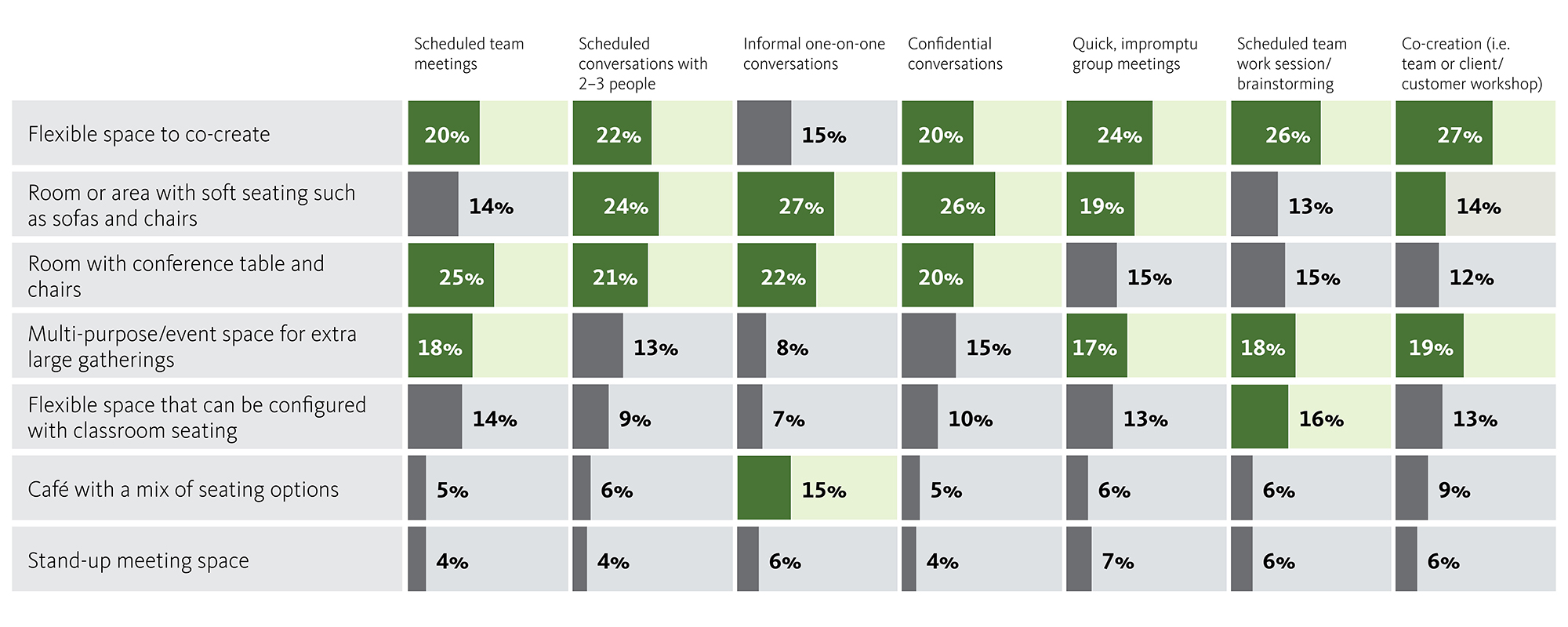
When we step back and examine all the activities, the pattern is clear: flexibility, agency, and variety matter. Overall, flexible co-creation spaces rank in the top three for six out of seven activities. Soft seating areas are among the top choices five out of seven times.
While the conference room still plays an important role, ranked #1 for scheduled team meetings, it only appears in the top three rankings four out of seven times. This shows that the traditional conference room is no longer the most effective space for everything, and different activities require different environments.
Across nearly every industry surveyed, flexible co-creation spaces rank as the #1 ideal setting for in-person work — with the exception of government and not-for-profit sectors. While traditional conference rooms rank first in these two industries, flexible spaces are a close second — suggesting a growing interest in more dynamic settings to work with others, even in fields that tend to prefer conventional environments.
In legal and financial services, flexible co-creation spaces are the top choice, with conference rooms ranking second. Workers in media and management advisory, on the other hand, prioritize multipurpose and event spaces. Rooms with soft seating consistently appear in the top three across nearly all industries, suggesting a growing appreciation for comfort, informality, and personal connection. In contrast, café-style settings and stand-up meeting spaces consistently rank at the bottom, suggesting that while they may support casual interactions, employees don’t view these settings as the best spaces to get work done together.
We see a similar trend across countries: flexible co-creation spaces rank as the top choice in 12 of the 15 countries surveyed. In Colombia and the U.K., rooms with soft seating rank first — indicating a preference for relaxed settings that support open conversations. In contrast, Japan was the only country where a traditional conference room ranked first, reflecting a continued emphasis on structure and formality in the workplace. Conference rooms also remain prominent in France, Germany, and the U.S., where they consistently appear in the top two rankings.
Multipurpose and event spaces frequently appear in the top three across countries in Latin America, Europe, and the Middle East, supporting larger group interactions. As seen across industries, café-like and stand-up spaces rank lowest in most countries — indicating a consistent global perception that these settings are less ideal for in-person work.
Move Over, Conference Room
While the traditional conference room still plays an important role, it’s no longer the default space for in-person work. Instead, the best workplaces offer a range of spaces designed to support the many ways people work together — from flexible co-creation zones and multipurpose areas to soft seating for informal conversations.
It’s time to forgo the traditional conference room and make space for environments that are more adaptable, more intentional, and more aligned with how people connect today. Because in the end, the right space depends on the work.
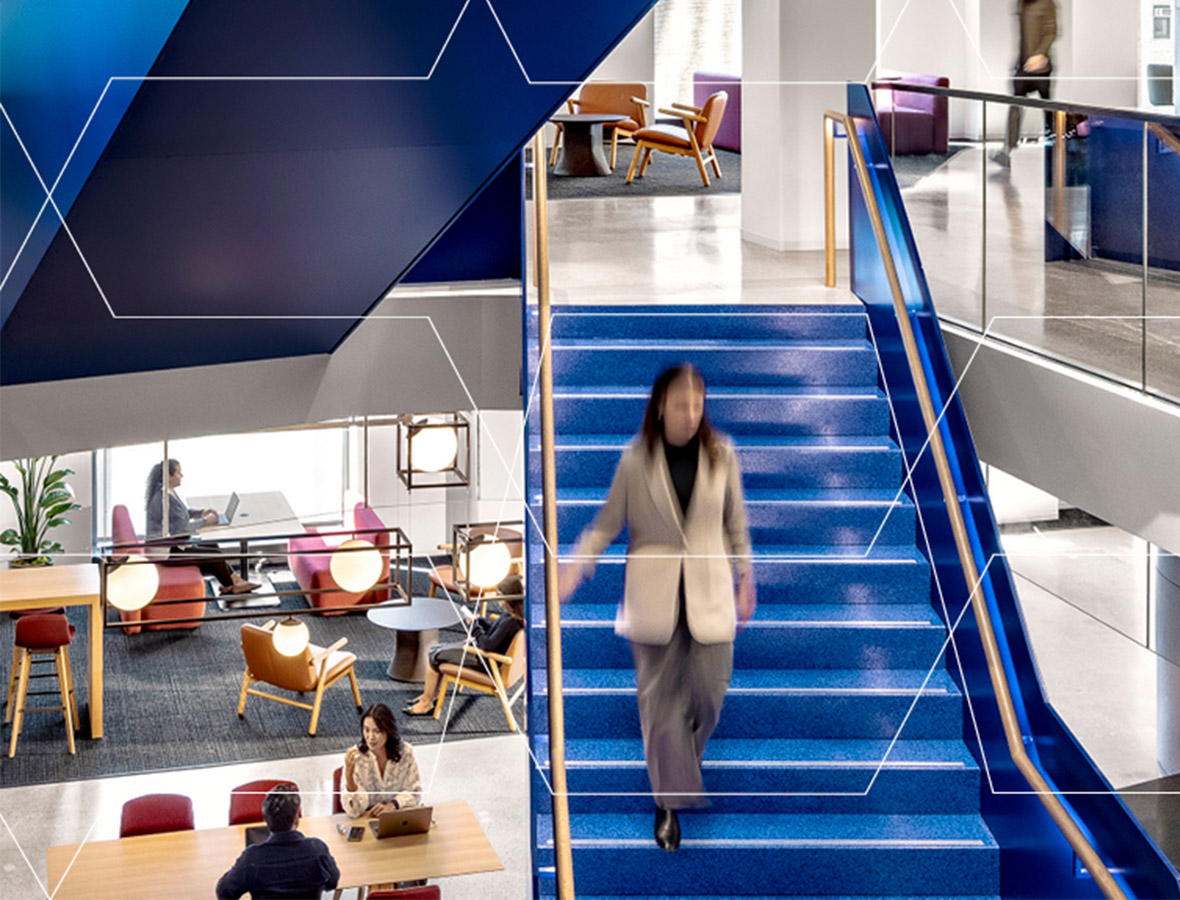
For media inquiries, email .


